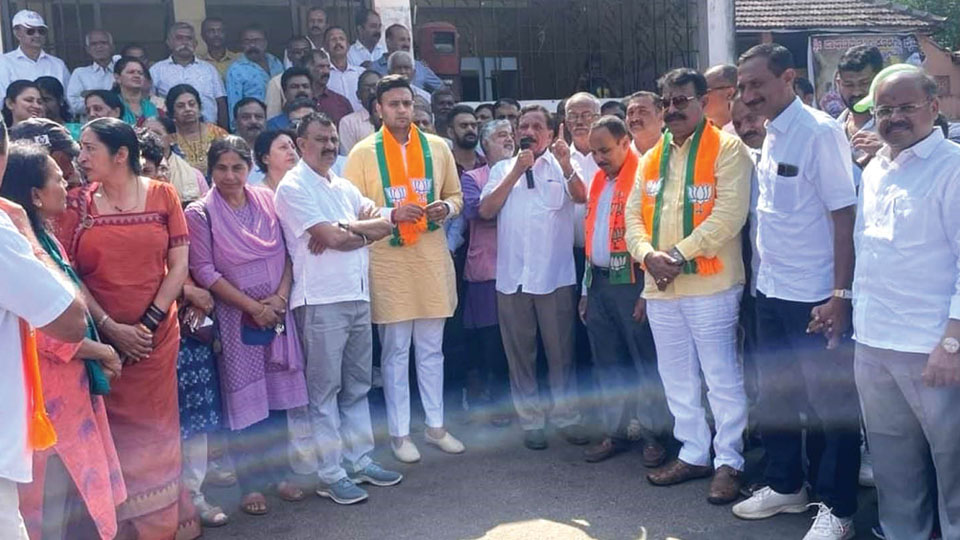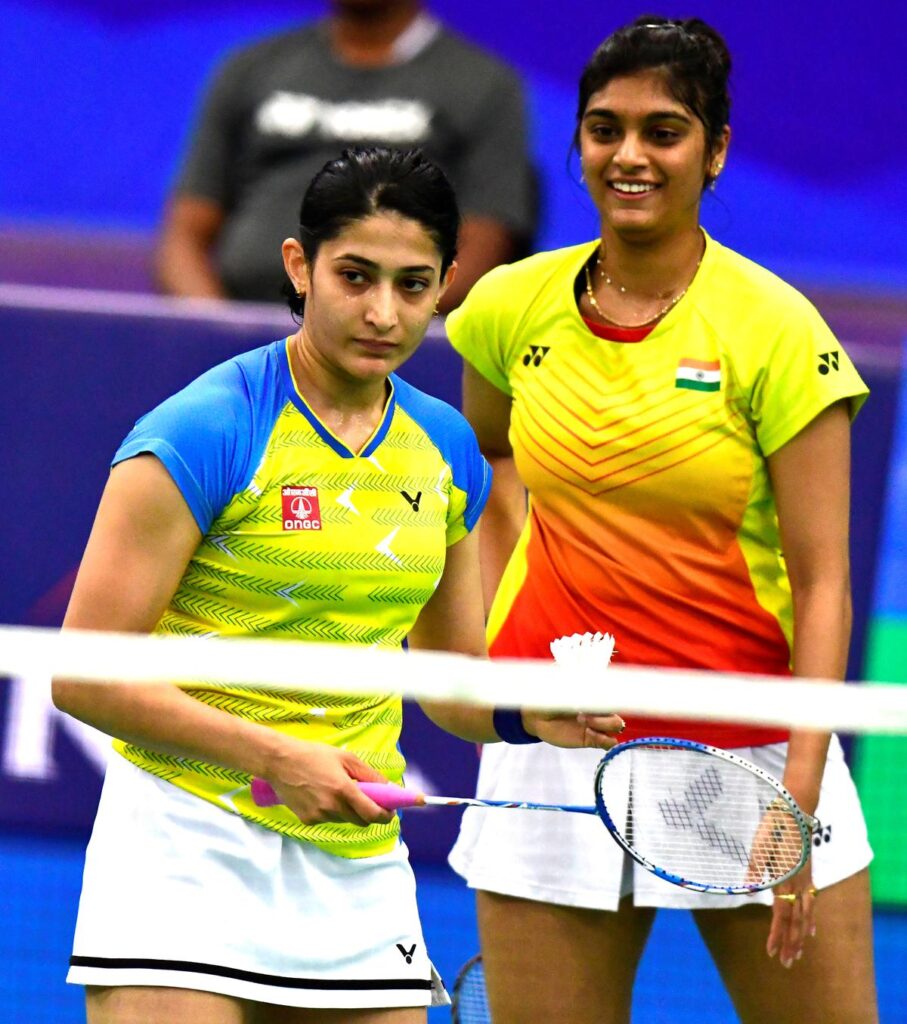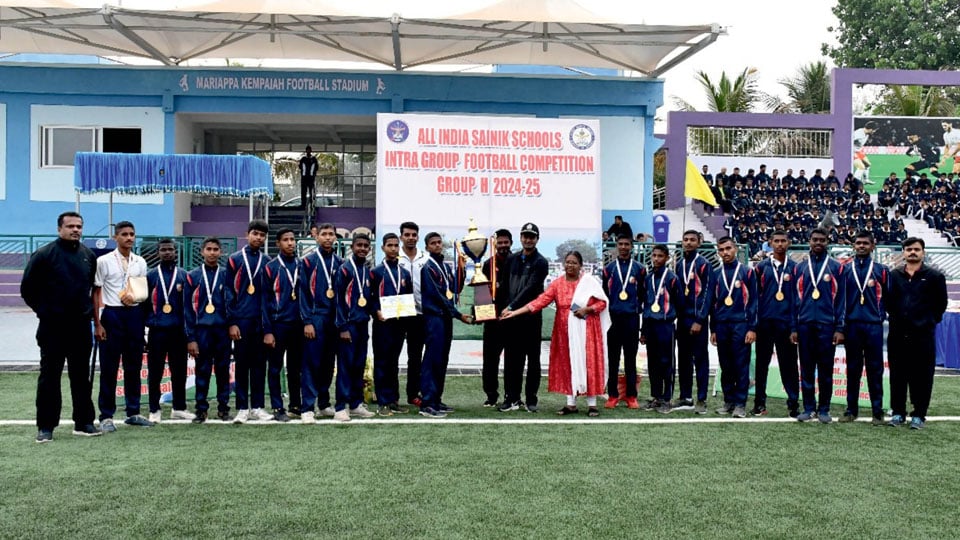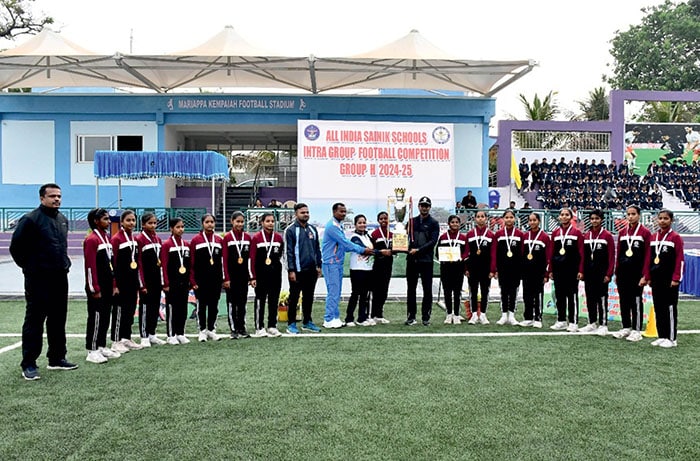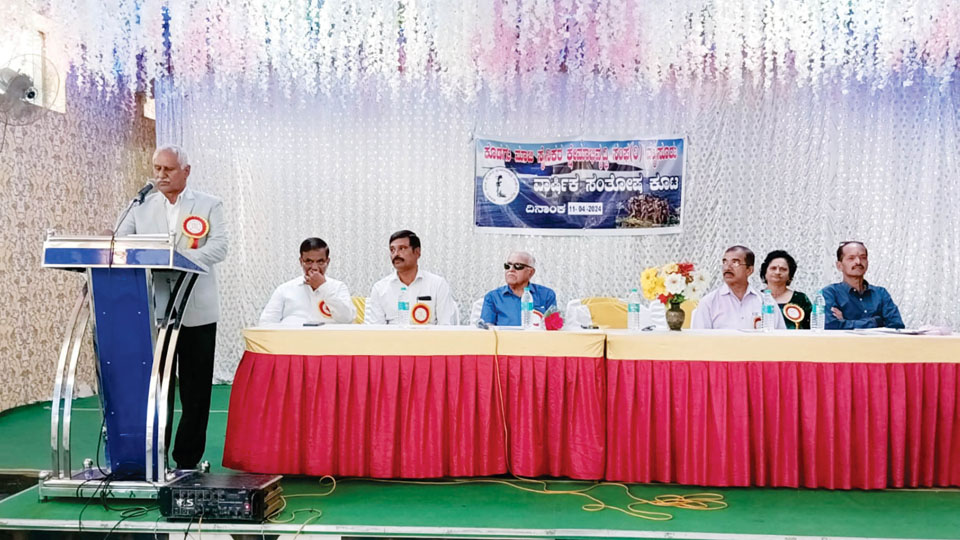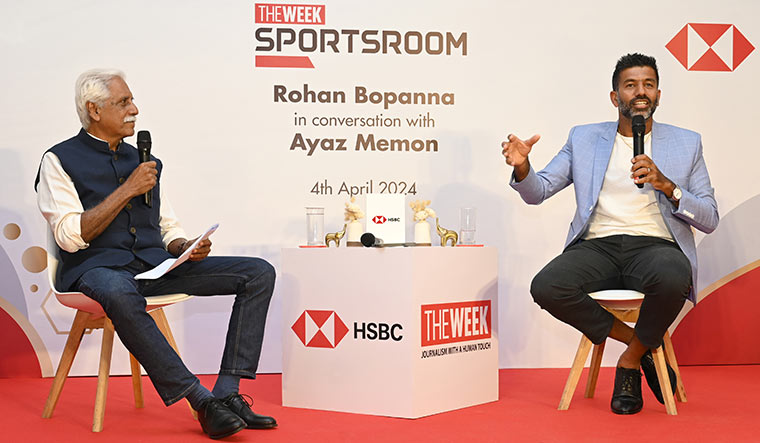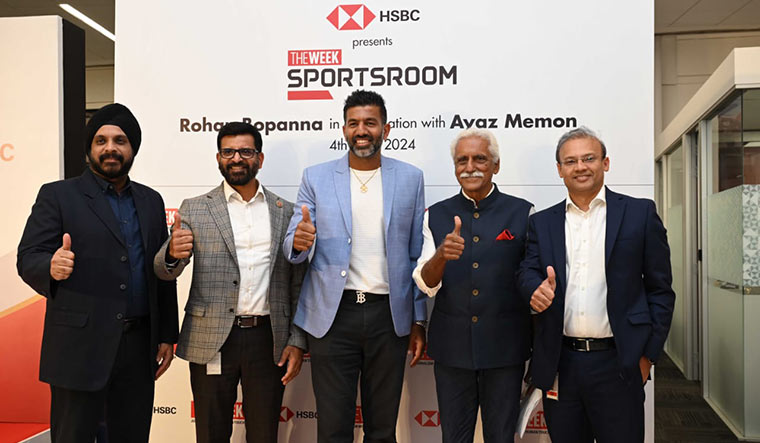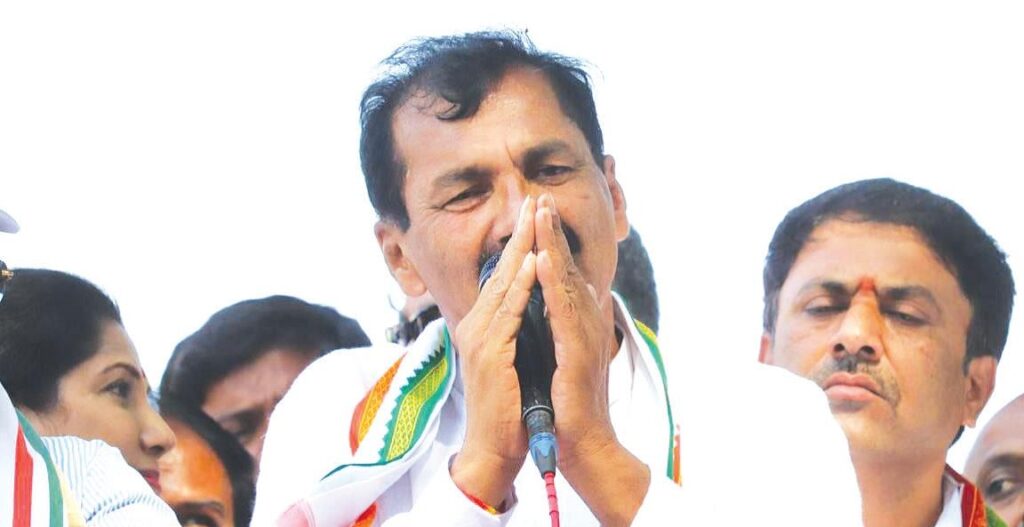
Mysuru:
Mysuru- Kodagu parliamentary constituency Congress candidate M Laxman has campaigned in all eight assembly segments in his battle to beat the BJP- JD(S) alliance candidate and Mysore royal scion Yaduveer Krishnadatta Chamaraja Wadiyar.
His victory has become a matter of prestige for the ruling Congress as he is contesting in the chief minister’s home turf.
In an exclusive interview with News Trail, M Laxman explained his experience so far and his vision for development of the constituency.
NT- You are contesting a parliamentary election for the first time. How has your experience been?
Laxman- Even though I am contesting the LS polls for the first time, I have fought local body polls and the state legislative council polls from the teachers and graduates constituencies.
For the last 35 years, I have been working behind the scenes for the victory of my party candidates in previous Lok Sabha and assembly polls.
NT- How is the response from voters?
Laxman- I have received a huge response from voters. People praise our party’s poll guarantees schemes including Rs 2000 for women under the Gruhalakshmi scheme, free bus travel for women, Annabhagya and Gruhajyothi schemes.
Moreover, current BJP MP Pratap Simha who represented this constituency for the last ten years did not work properly.
People are displeased wih not only him but also Prime Minister Narendra Modi for not keeping his promises and for causing injustice to the state over several issues.
NT-Do you believe the poll guarantees can lead you to victory?
Laxman: Of course, 60,000 to 70,000 families are benefiting from the poll guarantees in every assembly segment.
Apart from this, Congress has won in five assembly segments including Chamaraja, Narasimharaja, Periyapatna, Madikeri and Virajpet in the last Assembly polls.
The Congress secured secured 60 percent votes in the last assembly polls from eight assembly segments. These factors will work in favor of me.
NT- Your rival is seeking votes in the name of Prime Minister Modi while the BJP ally, the JD(S) has considerable influence in the constituency.
Laxman- I did not see any Modi wave during my campaigning in the eight assembly segments. The CM, Mallikarjun Kharge and deputy chief minister D K Shivakumar are pretty popular here.
The poll guarantees as well as the Congress manifesto which assures distribution of Rs one lakh to each woman head of the family, amendment to the Constitution to increase the reservation limit and legal guarantee for minimum support price to farmers for their crops wil definitely prove beneficial to me.
NT – Your party seems to be playing the Vokkaliga card to garner votes. Will this work for you?
Laxman- My party has fielded a Vokkaliga after a gap of 47 years in Mysuru constituency which has a sizable number of community voters.
My political opponents made attempts to prove that I did not belong to the community, but later, I proved with all my records that I am a Vokkaliga.
I hope that voters of the constituency will support a common man like me who hails from a farmer’s family against a royal family member in these elections.
NT -What are your plans for development of the constituency?
Lakshman: I have brought a separate manifesto keeping in mind the growth of Mysuru- Kodagu which has enormous tourism potential.
My manifesto focuses on rejuvenation of 2000 lakes spread across both districts, establishment of trauma care centres and super specialty hospitals, a technology park at Somwarpet, protection to coffee and spice producers of Kodagu, special package for exservicemen, lobby to secure the Bharat Ratna for Field Marshal K M Cariappa, rail connectivity to Madikeri, mini airport at Kodagu to promote tourism, yoga training in all taluks, upgradation of Mysuru- Kodagu highway to six lane, establishment of a central university at Hunsur, a computer hardware centre at Virajpet, floriculture export centre at Gonikoppal and the naming of Mysuru airport after Nalwadi Krishnaraja Wadiyar or Sir M Visvesvaraya.
source: http://www.newstrailindia.com / News Trail / Home / by Ramesh Siddegowda / April 25th, 2025
